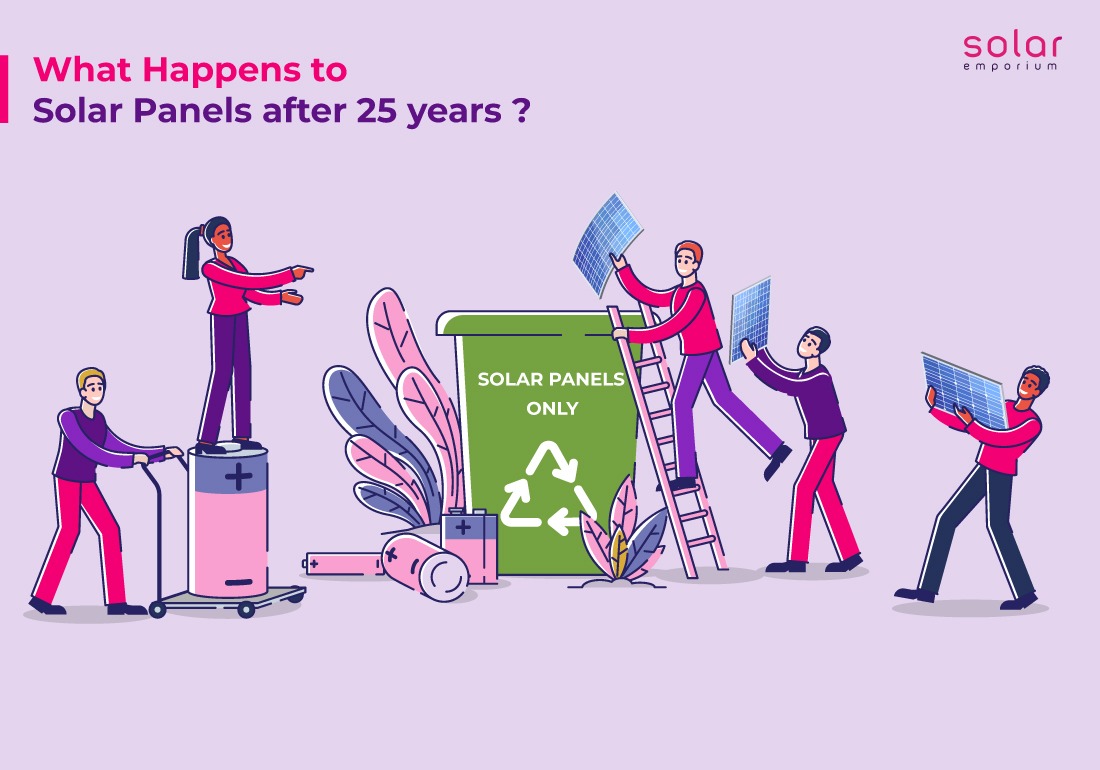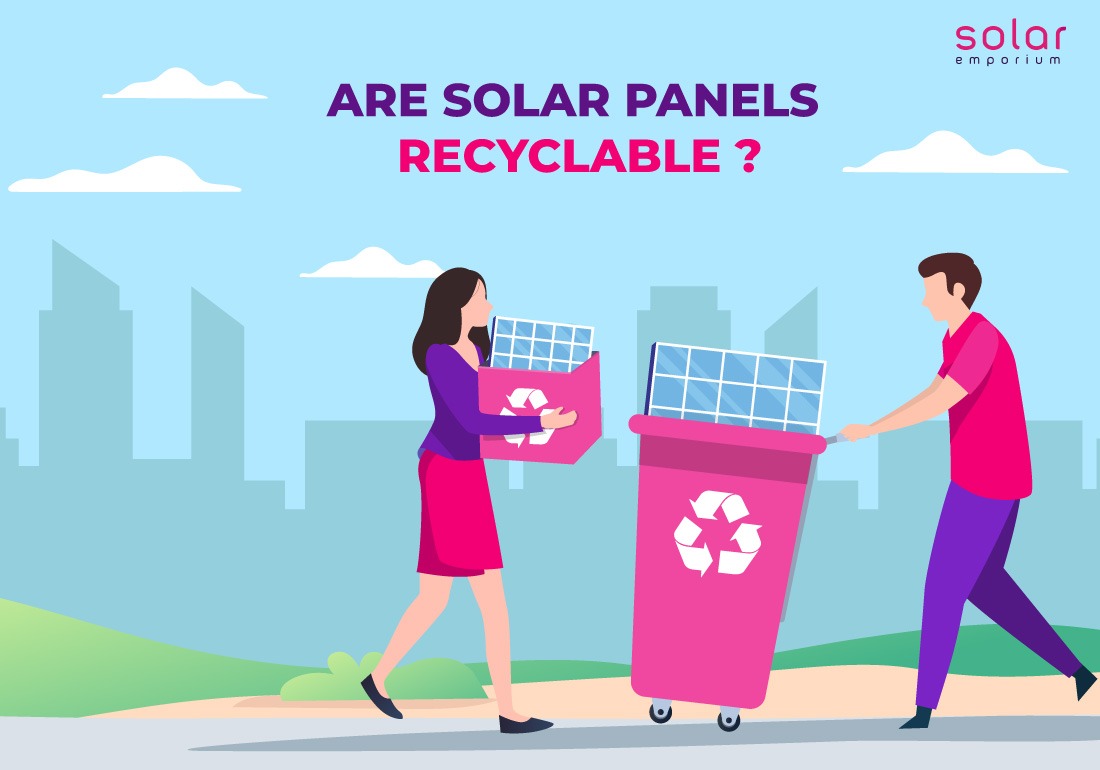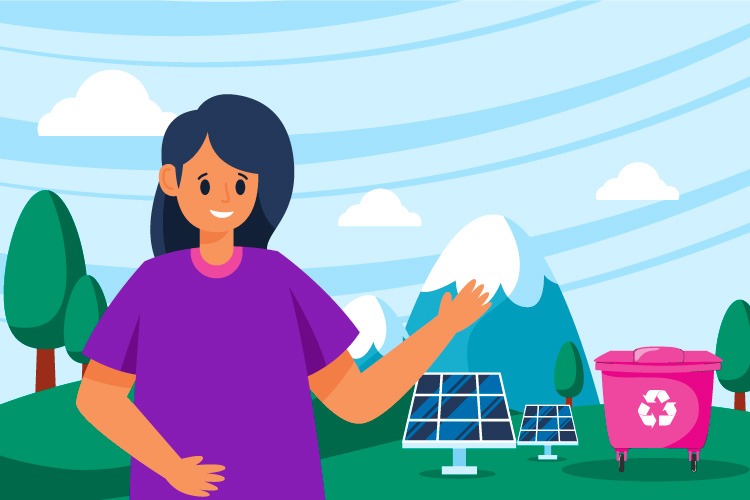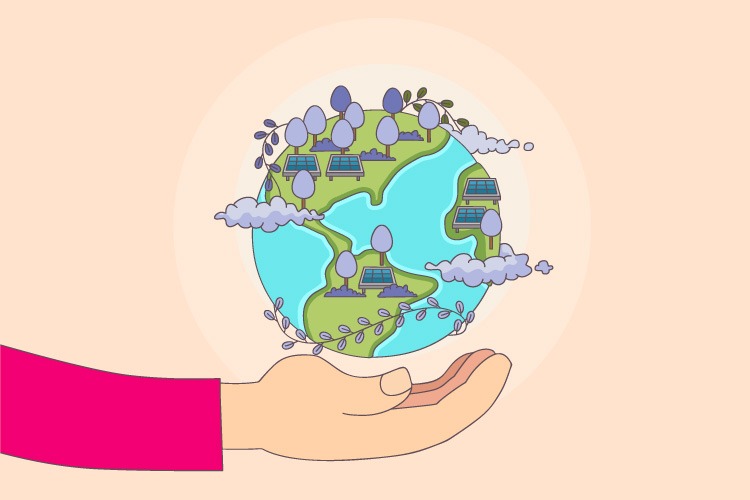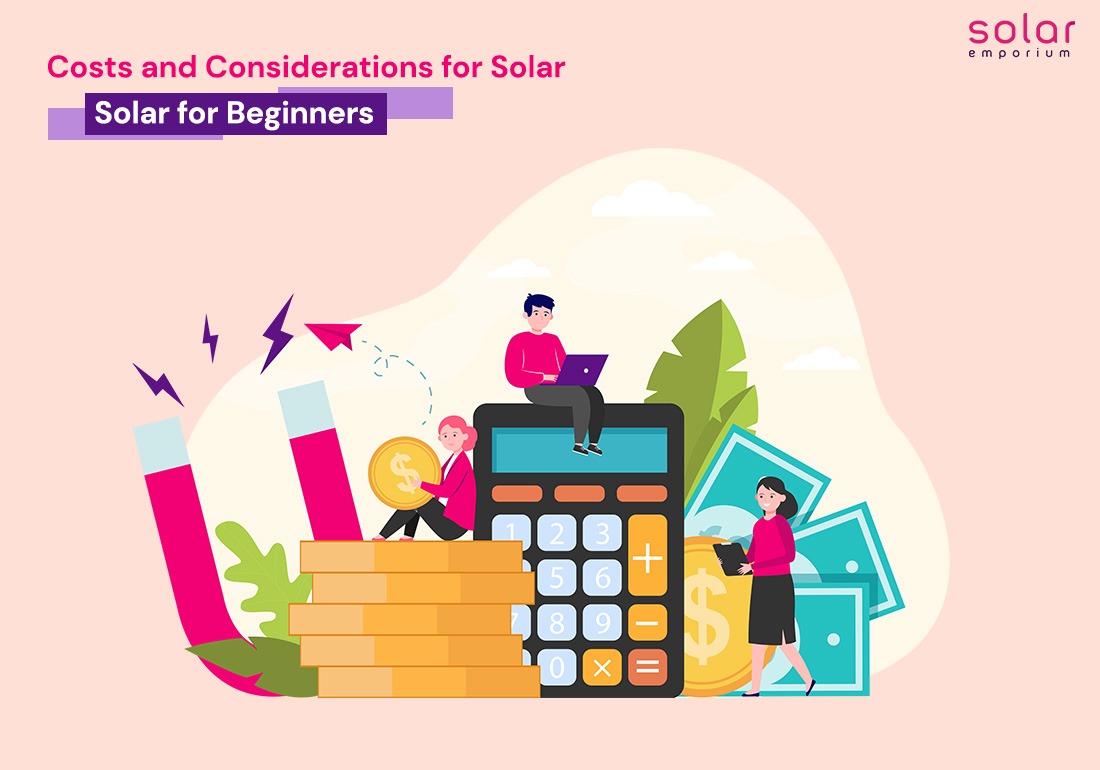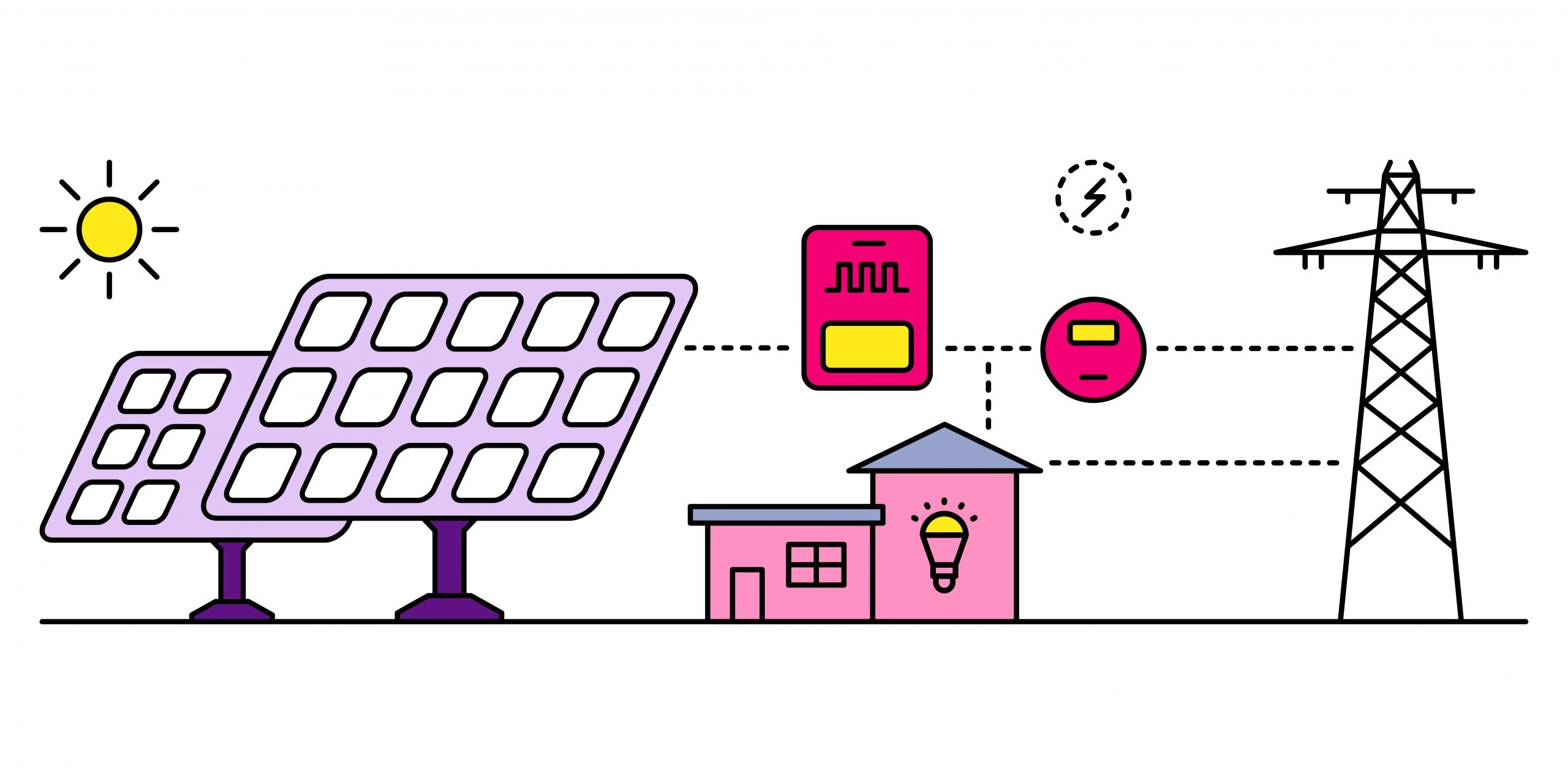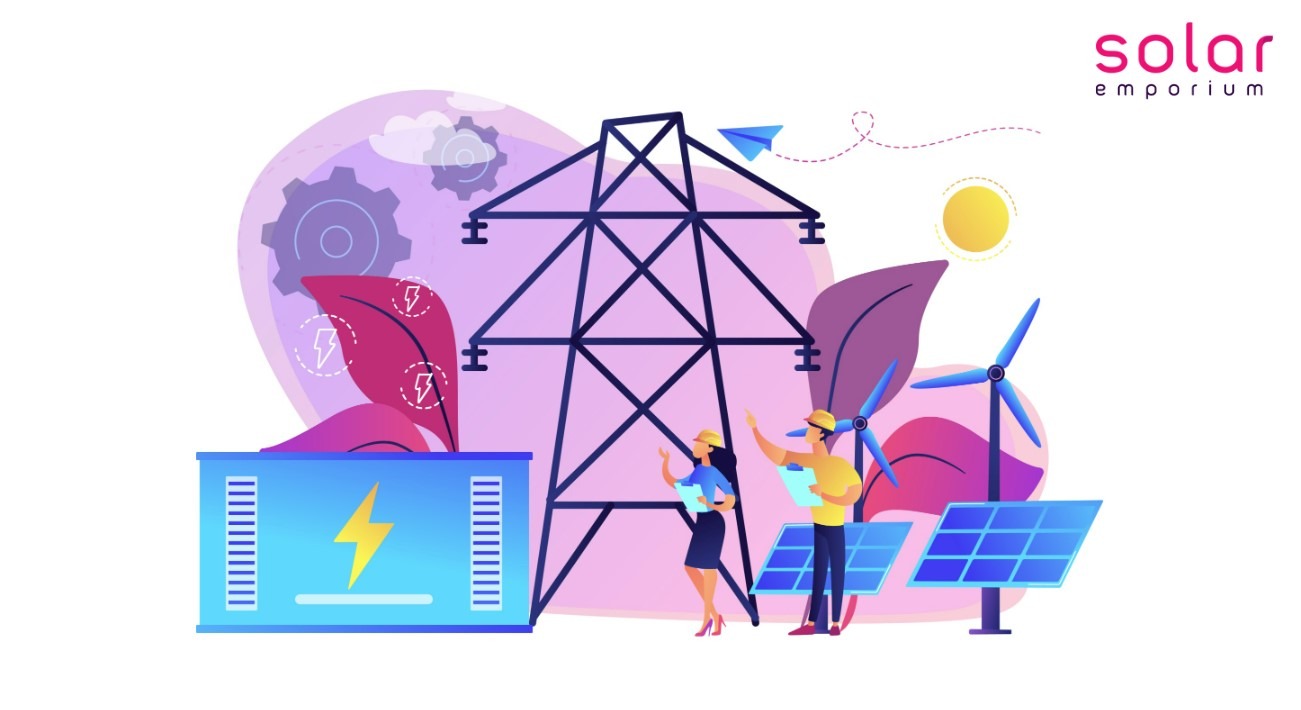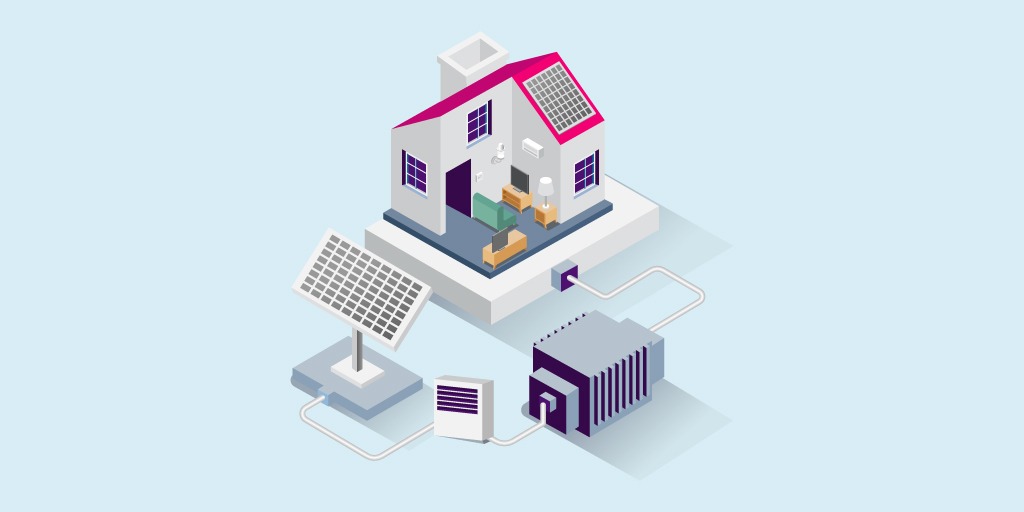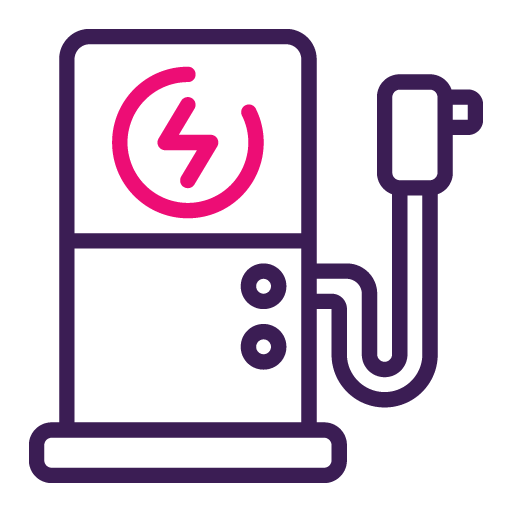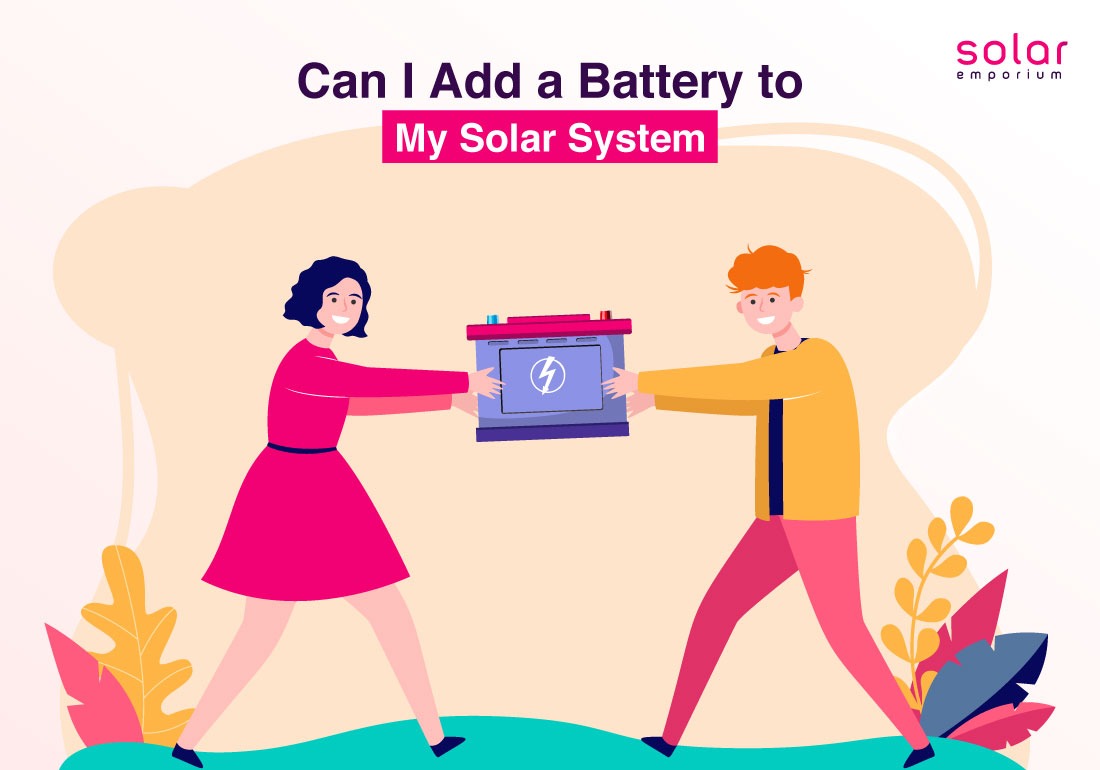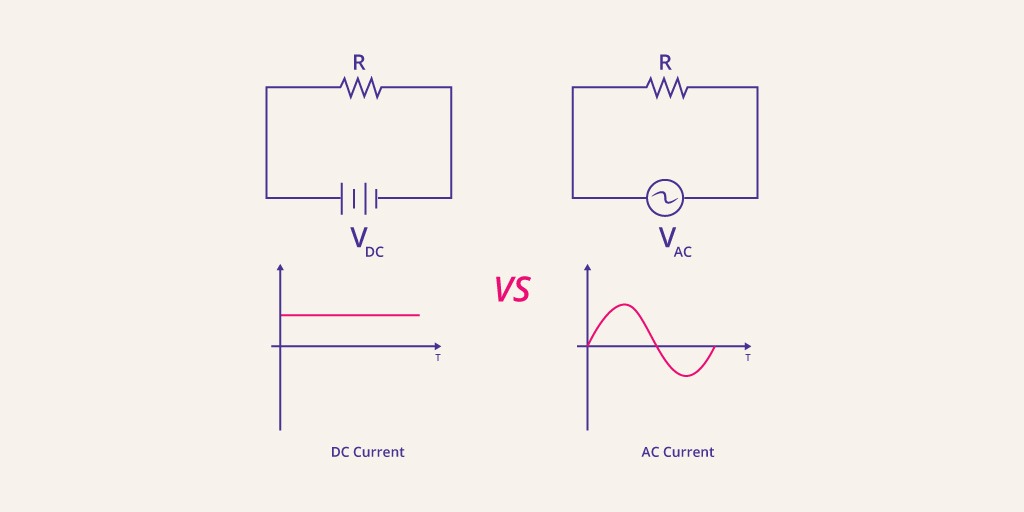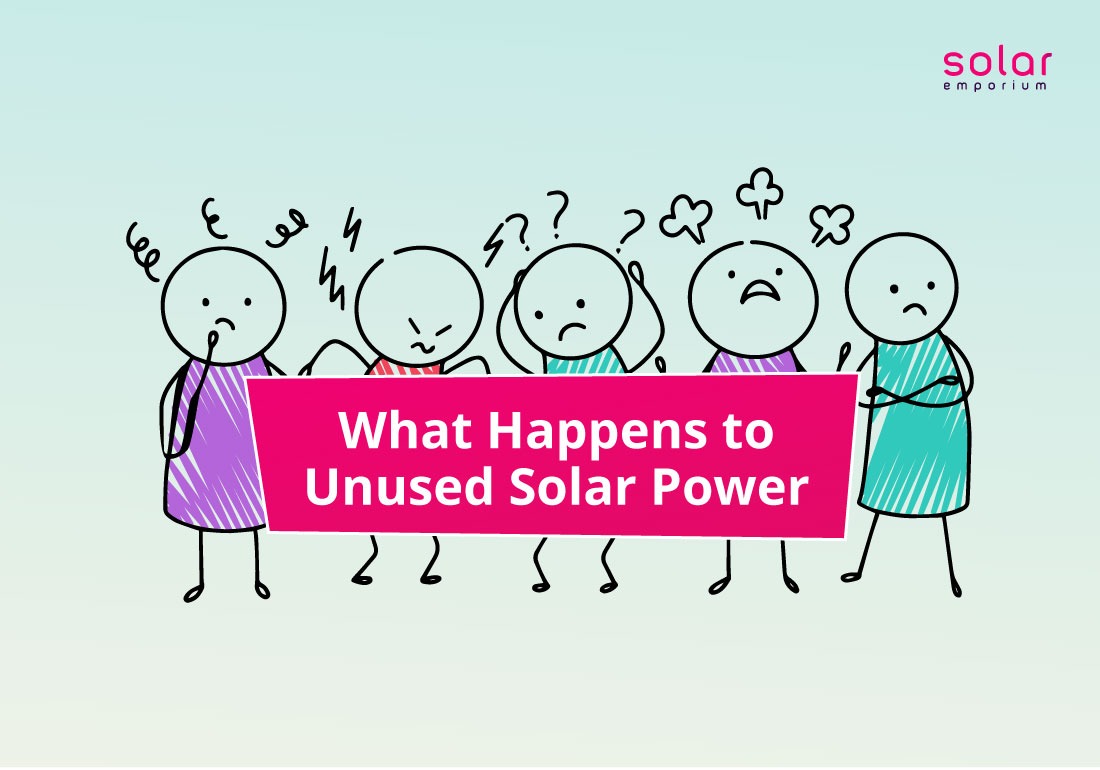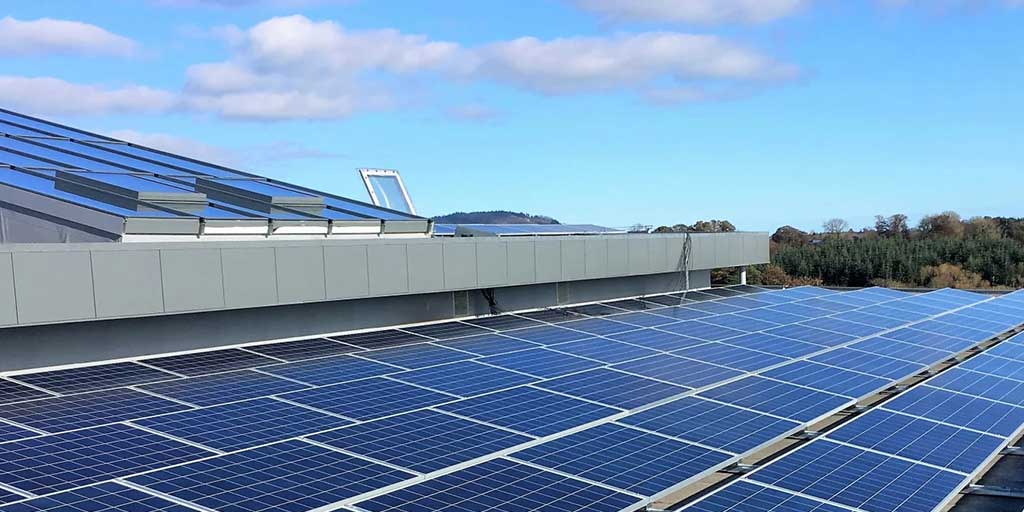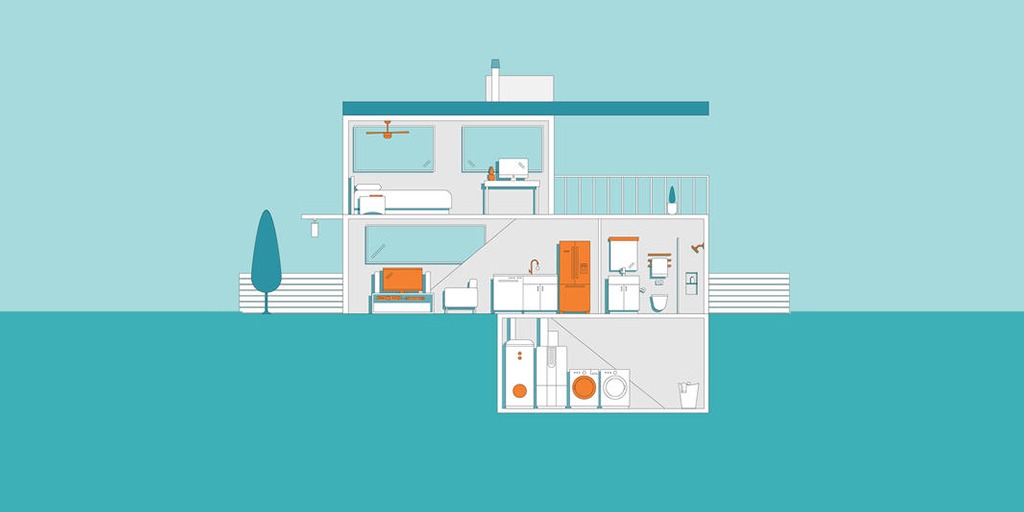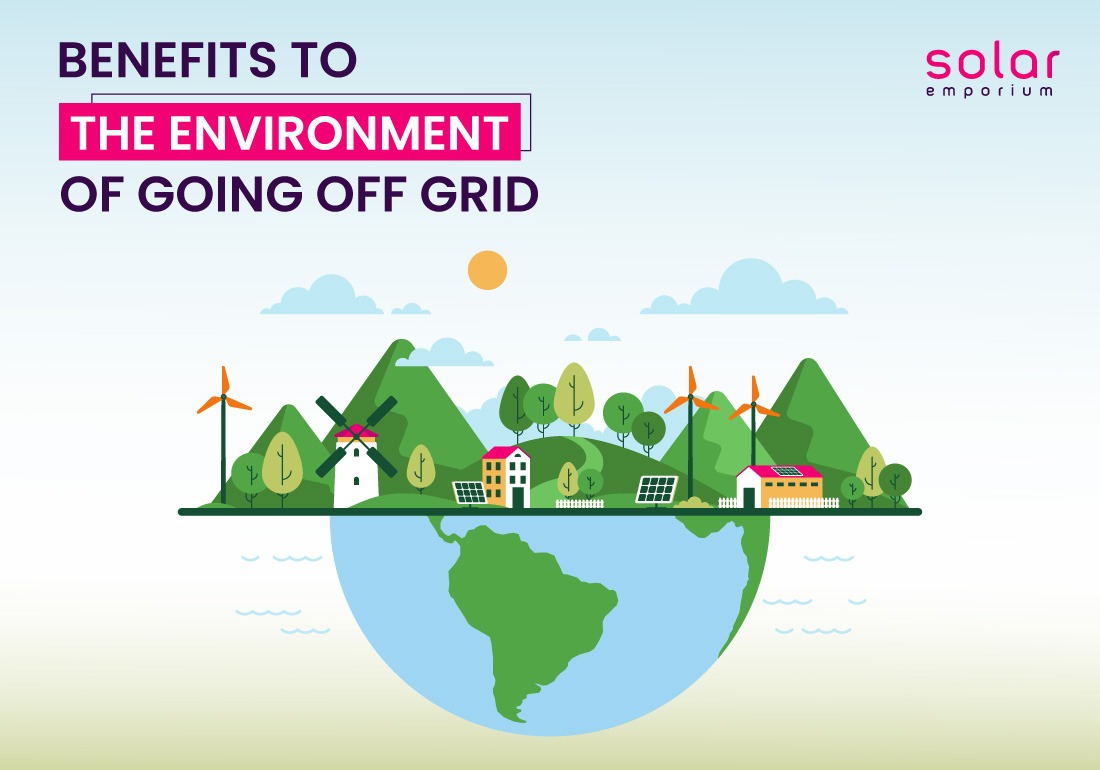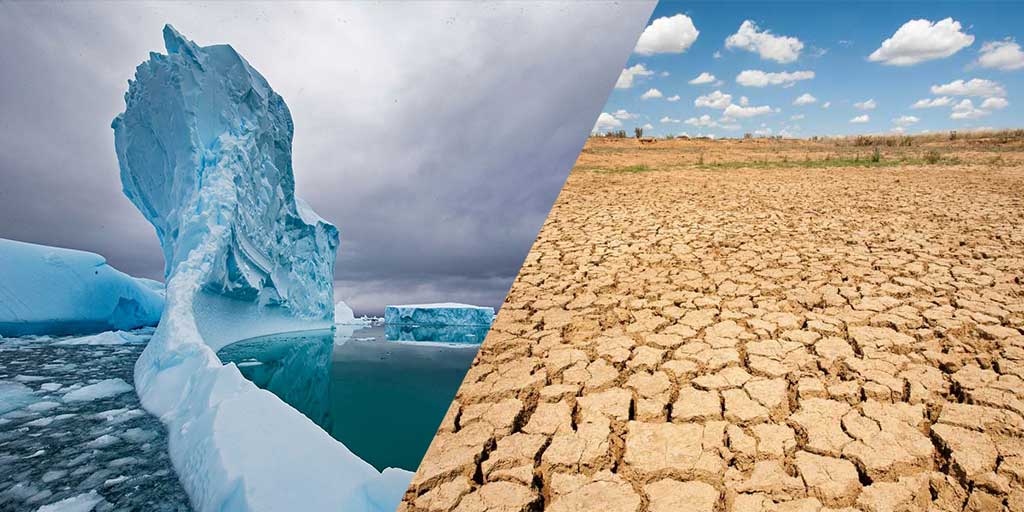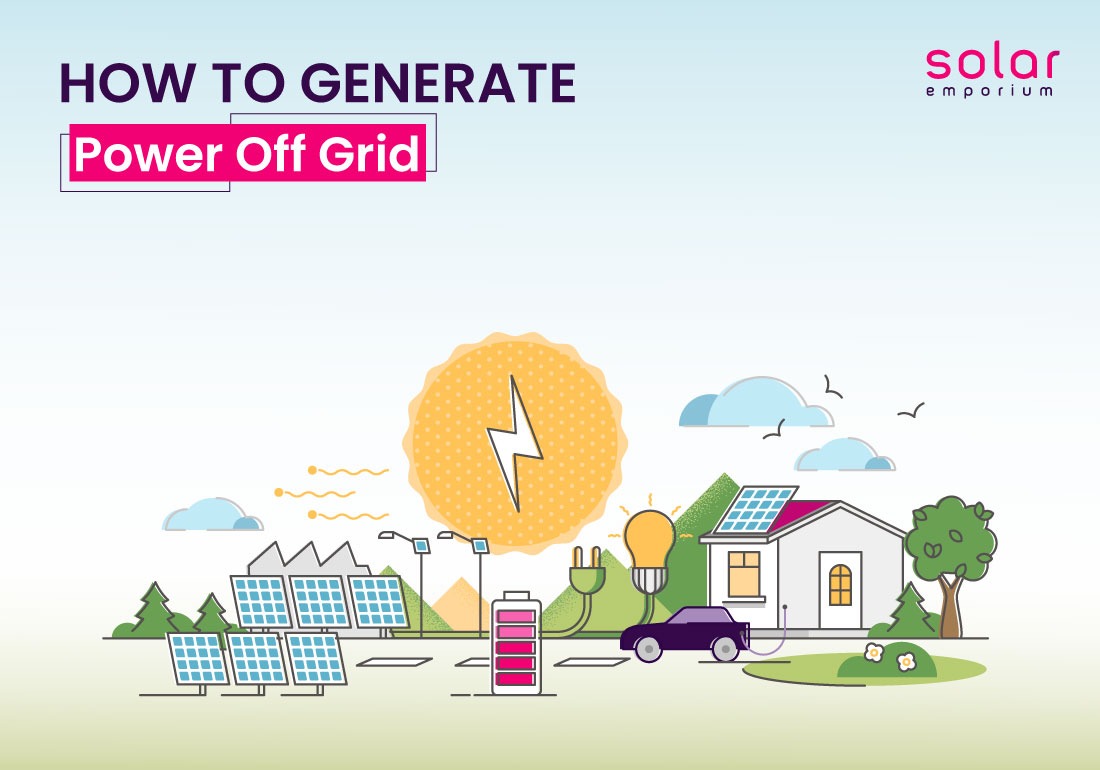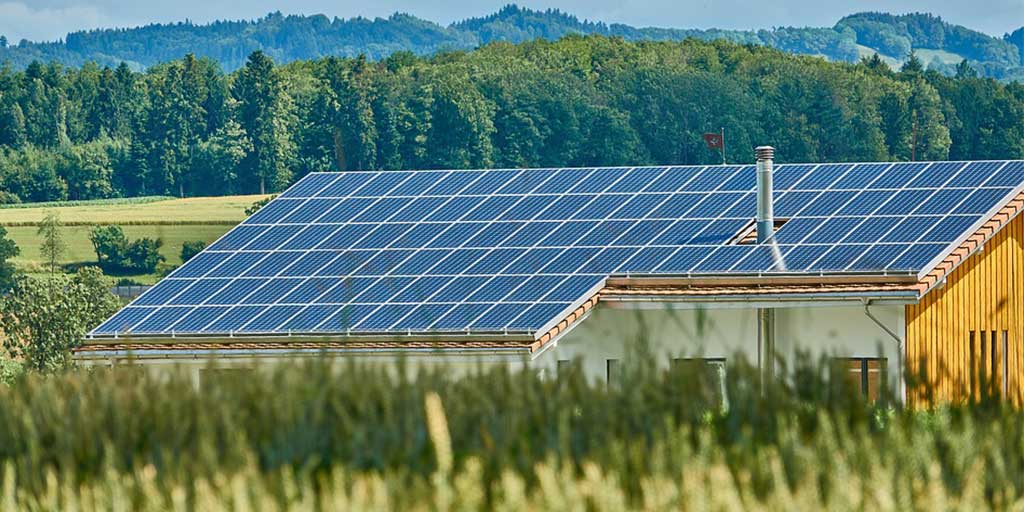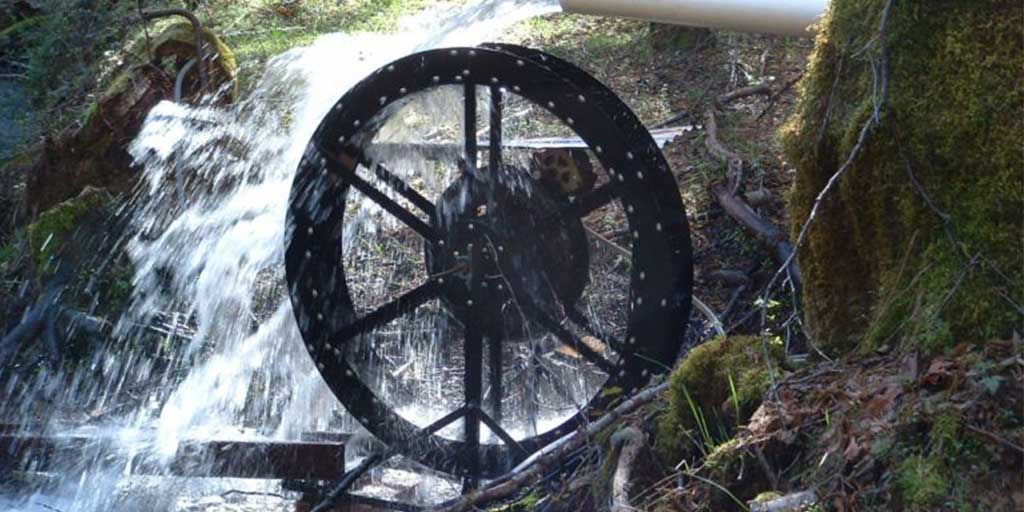Among all the renewable energy sources, solar panels are the the most accessible one for families all across the globe who are looking to switch to a greener source of energy while decreasing their electric bill.
Solar panels are also becoming less expensive as we speak, making them a perfect candidate for a sustainable energy source for most of us. With easier access, wide availability and government rebates, smart families are switching to solar; however, they last about a maximum of 25 years to 30 years. So, what happens to solar panels after 25 years?
Almost 95% of solar panel are recyclable. That means when solar panels reach an end of life, they can be recycled! Dumping ‘dead’ solar panels in landfill have been completely banned by the Victorian government because any sort of electronic waste is banned.
However, there are far fewer recycling facilities across the country present, making it difficult to recycle at the moment. The good news is multiple initiatives are on the way for establishing recycling facilities in Australia.
At the moment, Lotus energy is the most active in this field, and they already got started with recycling in the past year.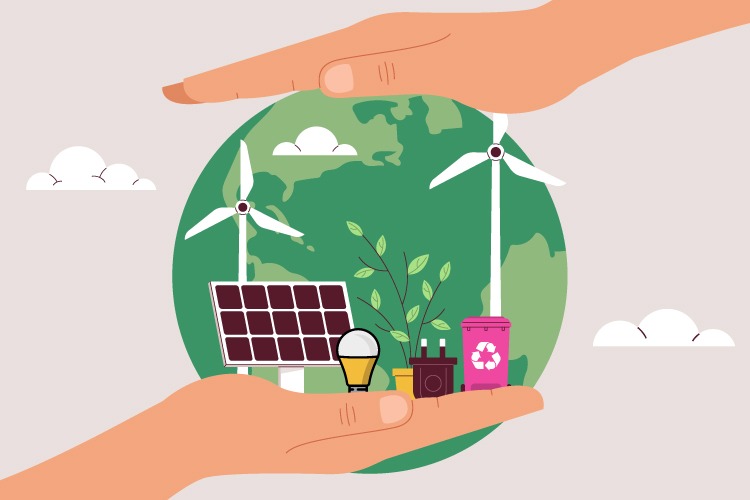
Why Recycle?
Australia is expected to produce one million tonnes of waste (solar panels) by 2047; according to Macquarie University, this amount is likely to rise as more families upgrade their systems rapidly. To help photovoltaic (PV) cells convert sunlight into energy, solar panels are mandated to include hazardous substances (if disposed of incorrectly) like lead. These chemicals may seep out when old and damaged panels are dumped, creating dangerous conditions.
That makes it crystal clear, if not dealt with correctly, it can be a task to dispose of outdated panels. So, it makes total sense for panels to be recycled and not just left to be a massive pile of e-waste when the first wave of solar panel dumping starts.
What Other Options are Available Other Than Recycling
Instead of recycling, there are many ways a solar panel can be disposed of. There are many services available that take care of your electronic waste, such as solar panels, and take measurements for proper disposal. Because dumping them in landfills is illegal, many local councils can be tipped off.
Other than that, you can also reuse the panels and make it a part of your camping essentials. Even after solar panels reach its official end of time, they can still produce some electricity if used in bright sunlight and cleaned properly.
Also, there are many offshore facilities for recycling solar panels. You can contact the relevant government departments or the IRENA (International Renewable Energy Agency), or your initial installer to talk about your solar replacement options.

How To Make My Solar Panels Last Longer?
To get the most out of your solar panels, you must taking precautionary measures from day 1. You know what they say, precaution is better than cure! In these measures, you can take the installation process itself as the first task. Make sure you go with a team of professionals who knows what they are doing. Please note, they must be approved by the CEC (Clean Energy Council).
The entire rooftop solar system has to be of high quality for it to be long-lasting. Also, check the government rebates, the components used have to be CEC-approved.
Make sure you clean your solar panels at least twice a year, so that excess amount of dirt and debris don’t accumulate on them, creating a barrier for proper sunlight to shine. This is deemed as a shading issue, which lowers the efficiency of solar panels by almost 50%.
So, what happens to solar panels after 25 years is they go through a proper recycling and disposal channel and get a second life. Unfortunately, the unavailability of such facilities results in the panels being dumped unethically. To prevent such occurrences, the Australian government is soon to take measurements in the upcoming years.
